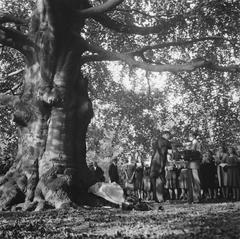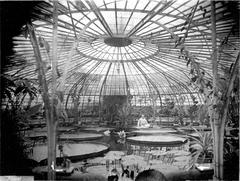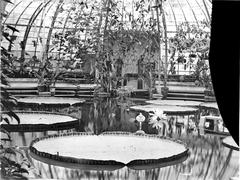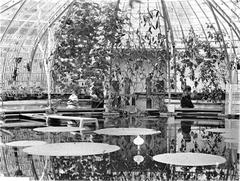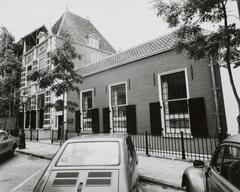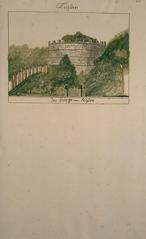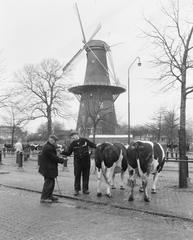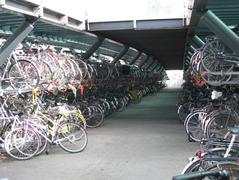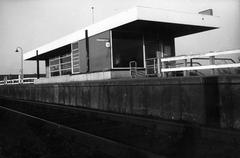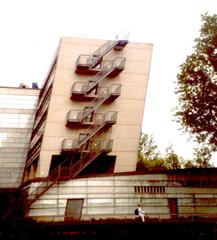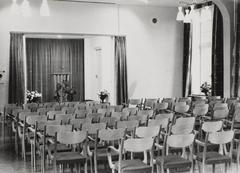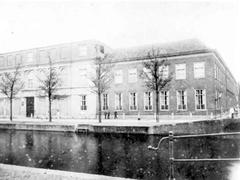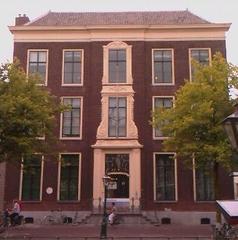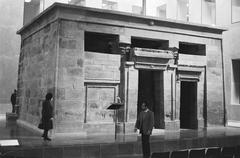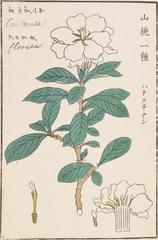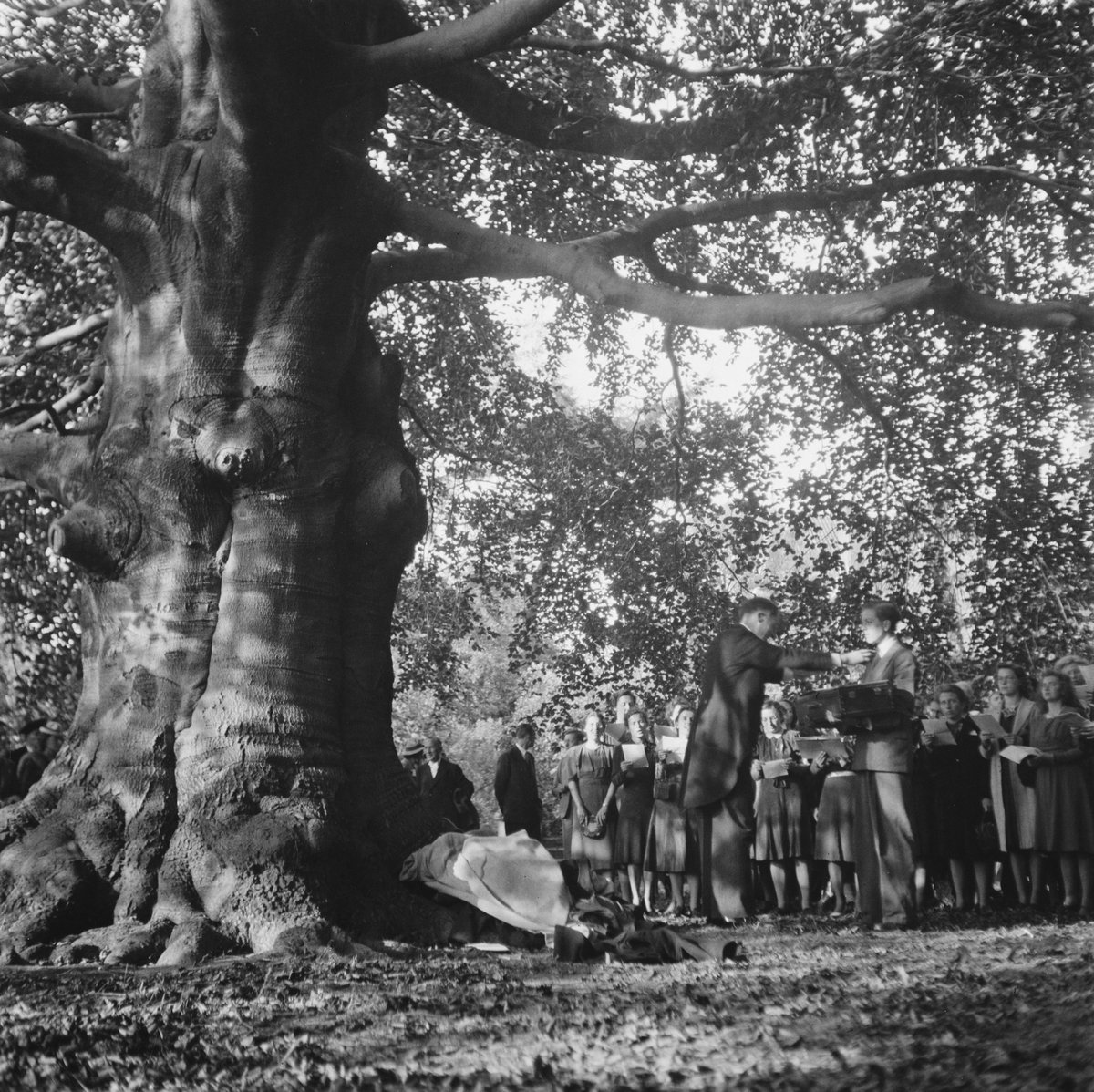
Hortus Botanicus Leiden: Visiting Hours, Tickets, and Your Essential Guide to Leiden’s Botanical and Historical Heritage
Date: 14/06/2025
Introduction
Hortus Botanicus Leiden is a living testament to more than four centuries of botanical innovation, cultural exchange, and scientific discovery. Founded in 1590 by Leiden University, it is the oldest botanical garden in the Netherlands—and among the oldest in the world. Originally established as a “physic garden” for medical students, the Hortus has flourished into a vibrant museum, research institution, and green oasis in the heart of historic Leiden. Its legacy is interwoven with iconic figures like Carolus Clusius—whose introduction of the tulip sparked the Dutch tulip tradition and the 17th-century “Tulip Mania”—and with generations of scientists and explorers who expanded the garden’s collections through global networks (Coimbra Group PDF; European Heritage Times; Hortus Leiden).
Today, Hortus Botanicus Leiden is home to over 10,000 plant species, ranging from native Dutch flora and reconstructed historic gardens to rare tropical and alpine collections. Its Japanese Garden, a tribute to 19th-century botanical exchange with Japan via Philipp Franz von Siebold, highlights the garden’s enduring role in fostering international scientific collaboration (Wikipedia; Green With Purpose). As a center for conservation, education, and public enjoyment, the Hortus invites visitors to explore the intersections of nature, science, and culture.
This guide provides everything you need to plan your visit, including up-to-date visiting hours, ticket options, accessibility details, travel tips, and recommendations for nearby Leiden historical sites. Whether you are a plant enthusiast, a history lover, or simply seeking a tranquil day out, Hortus Botanicus Leiden promises an unforgettable experience (Hortus Leiden Visiting Hours; Nova on the Road).
Table of Contents
- Origins and Historical Legacy
- Botanical and Architectural Highlights
- Practical Visiting Information
- Key Attractions and Collections
- Visitor Amenities and Experiences
- Conservation, Research, and Education
- Nearby Leiden Historical Sites
- FAQs
- Plan Your Visit
- References and Further Reading
Origins and Historical Legacy
Foundation and Early Years (Late 16th Century)
Founded in 1590 as part of Leiden University’s scientific mission, the Hortus Botanicus Leiden began as a physic garden—a resource for medical students to study medicinal plants (Coimbra Group PDF; BGCI). The appointment of Carolus Clusius in 1593 was transformative; under his leadership, the garden’s collections expanded rapidly, and the tulip was introduced to Western Europe, laying the foundation for the Dutch bulb industry (European Heritage Times).
Expansion, Global Exchange, and Scientific Advancement
Throughout the 17th and 18th centuries, the Hortus grew in size and influence. The construction of greenhouses enabled the cultivation of exotic species from distant lands—aided by the Dutch East India Company’s global trade (European Heritage Times). Figures like Herman Boerhaave enriched the garden’s medical and botanical significance (Coimbra Group PDF). The Orangery, built in 1744, remains a centerpiece for events and scientific gatherings.
In the 19th century, Philipp Franz von Siebold’s work in Japan introduced hundreds of Asian species to the Hortus, a legacy celebrated in today’s Japanese Garden (Coimbra Group PDF; European Heritage Times).
Modernization and International Collaboration
Today, the Hortus is a world-class center for botanical research, conservation, and public education, with collections spanning orchids, ancient cycads, rare ferns, and more. Its ongoing partnerships with Botanic Gardens Conservation International and the Dutch Botanical Gardens Foundation underscore its global scientific reach (Coimbra Group PDF).
Botanical and Architectural Highlights
- Clusius Garden: A faithful reconstruction of the 16th-century medicinal garden, featuring tulips and heritage plants introduced by Carolus Clusius (Green With Purpose).
- Japanese Garden: Showcasing East Asian plant diversity and traditional design, honoring Siebold’s legacy (Wikipedia).
- Tropical and Palm Greenhouses: Home to exotic orchids, palms (including the 1705 Phoenix palm), and the famed Victoria amazonica giant water lily.
- Dutch Plant Section: Celebrates the Netherlands’ native biodiversity (Nova on the Road).
- Alpine Garden: Displays mountain flora from around the world.
- The Orangery: An 18th-century building hosting exhibitions, events, and a popular café (Recntr).
- Historic Walls and Leiden Observatory: The 17th-century garden walls and proximity to the world’s oldest university observatory enhance the site’s academic ambiance (Frewa Photo).
Practical Visiting Information
Visiting Hours
- April to October: Daily, 10:00 AM–5:00 PM
- November to March: Daily, 10:00 AM–4:00 PM
- Closed: January 1st and December 25th
Last admission is 30 minutes before closing. Hours may vary during special events—check the official website before your visit.
Tickets and Admission
- Adults: €10
- Seniors & Students: €7
- Children under 12: Free
- Annual passes, group discounts, and guided tours are available (Hortus Leiden Tickets).
Location & Getting There
- Address: Rapenburg 73, 2311 GJ Leiden
- By Train: 15-minute walk from Leiden Central Station
- By Bus: Lines 1, 2, 3, or 10 stop nearby
- By Bike: Bicycle parking available onsite
- Parking: Limited; public transport or cycling is recommended
Accessibility
- Paved paths and accessible restrooms throughout most areas
- Wheelchair-friendly and stroller accessible
- Assistance dogs are welcome; other pets are not permitted
Key Attractions and Collections
Historic and Themed Gardens
- Clusius Garden: Recreates the original plot from 1590 with medicinal and ornamental plants (DPK Floral Magazine).
- Japanese Garden: A peaceful area with Japanese maples, bamboo, and a koi pond (Frewa Photo).
- Dutch Plant Section: Native species and rare wildflowers (Nova on the Road).
- Vegetable and Medicinal Gardens: Demonstrate the historic study of healing and edible plants (Green With Purpose).
Greenhouses & Exotic Flora
- Tropical Greenhouse: Palms, orchids, ferns, and the giant Victoria amazonica water lily (Green With Purpose).
- Palm House: Europe’s oldest living palm tree (planted 1705) (Nova on the Road).
- Subtropical/Arid Houses: Succulents, cacti, and Mediterranean plants (Frewa Photo).
Arboretum, Alpine, and Outdoor Displays
- Arboretum: Rare trees and evolutionary plant groupings (Recntr).
- Alpine Garden: Rockeries and mountain plants (Frewa Photo).
- Seasonal Displays: Tulips and daffodils in spring, dahlias in late summer (Green With Purpose).
Special Collections & Features
- Tulip Heritage: Rare and historic tulip varieties, tracing the Dutch bulb tradition (DPK Floral Magazine).
- Living Plant Library: Over 10,000 species, meticulously labeled for research and education (Frewa Photo).
- Art Installations: Contemporary projects like “How to (Un) Name a Tree” engage with science and society (Recntr).
- Botanical Library: Rare books and archival materials support public education (Nova on the Road).
Visitor Amenities and Experiences
- Café & Gift Shop: Enjoy homemade cakes and botanical teas in the Orangery café; shop for unique souvenirs and plant seeds (Green With Purpose).
- Picnic Areas & Benches: Relax amid the gardens’ beauty, with benches and lawns for picnics (Green With Purpose).
- Guided Tours: Available in multiple languages, covering history, collections, and conservation (Frewa Photo).
- Family-Friendly Facilities: Interactive exhibits and workshops for all ages (Frewa Photo).
- Charming Garden Cats: Friendly felines are part of the Hortus experience (Green With Purpose).
Conservation, Research, and Education
Conservation Initiatives
- Global Plant Conservation: The Hortus collaborates with international partners to propagate and protect endangered species (Hortus Leiden: Nature and Society).
- Urban Biodiversity: Projects like “Stoepplantjes” engage citizens in documenting urban plant life (ABS-00141 PDF).
Research & Scientific Collaboration
- Academic Research: Linked to Leiden University, the Hortus is a hub for studies in plant evolution, taxonomy, climate resilience, and urban ecology (Hortus Leiden: Nature and Society).
- Exhibitions: “Planten & Planeten,” in collaboration with Leiden Observatory, connects botany, astronomy, and art (Platform Groen; Hortus Leiden: Planten & Planeten).
Education & Community Engagement
- School Programs: Workshops and guided tours tailored for students
- Public Events: Science cafés, lectures, and hands-on activities foster environmental stewardship (Hortus Leiden).
Nearby Leiden Historical Sites
- Leiden Observatory: The world’s oldest university observatory, adjacent to the Hortus (Nova on the Road).
- Rijksmuseum van Oudheden: National Museum of Antiquities
- Pieterskerk: Historic Gothic church
- Leiden University Library
- Picturesque canals and marketplaces: Perfect for a full day of cultural exploration
FAQs
Q: What are the opening hours of Hortus Botanicus Leiden?
A: April–October: 10:00 AM–5:00 PM; November–March: 10:00 AM–4:00 PM. Last admission 30 minutes before closing.
Q: How much are tickets?
A: €10 for adults, €7 for seniors and students, free for children under 12. Annual passes and group rates available.
Q: Is the garden accessible for wheelchairs and strollers?
A: Yes, most paths are paved and accessible. Accessible restrooms and assistance are available.
Q: Can I buy tickets online?
A: Yes, via the official website.
Q: Are guided tours available?
A: Yes, general and themed tours can be booked in advance or at the entrance.
Q: What other historical sites are nearby?
A: Leiden Observatory, National Museum of Antiquities, Pieterskerk, and Leiden’s city center.
Q: Are pets allowed?
A: Assistance dogs are welcome; other pets are not permitted.
Q: Are there family activities?
A: Yes, the Hortus offers workshops, interactive exhibits, and children’s programs throughout the year.
Plan Your Visit
To get the most from your trip:
- Check the official Hortus Botanicus Leiden website for current hours, ticket prices, and events.
- Download the Audiala app for interactive audio tours and real-time updates.
- Follow Hortus Botanicus Leiden on social media for news, exhibitions, and visitor stories.
- Combine your Hortus visit with other Leiden historical sites for a full day of exploration.
References and Further Reading
- Coimbra Group PDF
- European Heritage Times
- Hortus Leiden
- Hortus Leiden Visiting Hours
- Wikipedia
- Green With Purpose
- Nova on the Road
- BGCI
- Platform Groen
- Recntr
- DPK Floral Magazine
- Frewa Photo
- Hortus Leiden: Nature and Society
- Hortus Leiden: Planten & Planeten
- ABS-00141 PDF
By visiting Hortus Botanicus Leiden, you step into a world where history, science, and natural beauty flourish side by side. Plan your visit today and become part of a centuries-long tradition of discovery and wonder.
